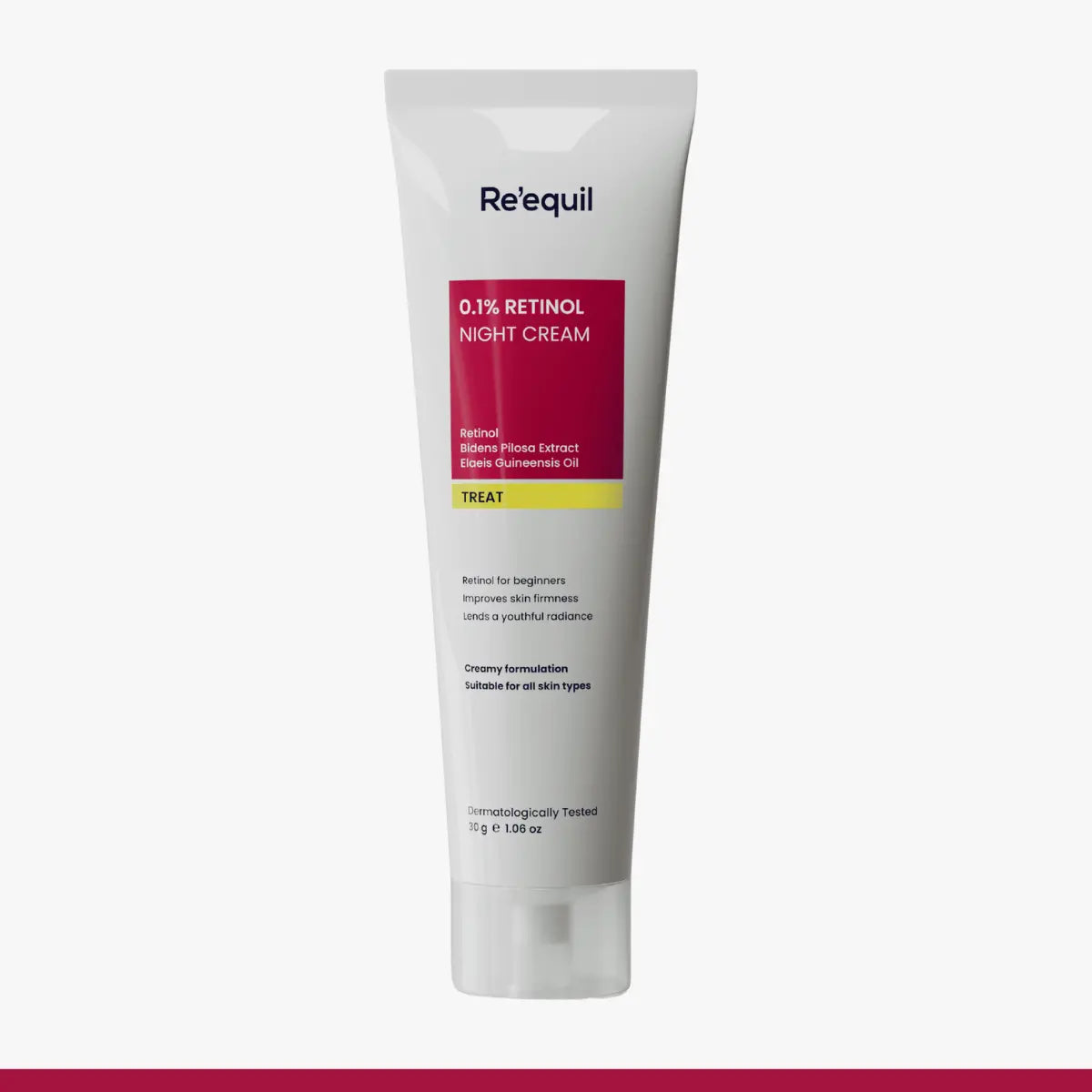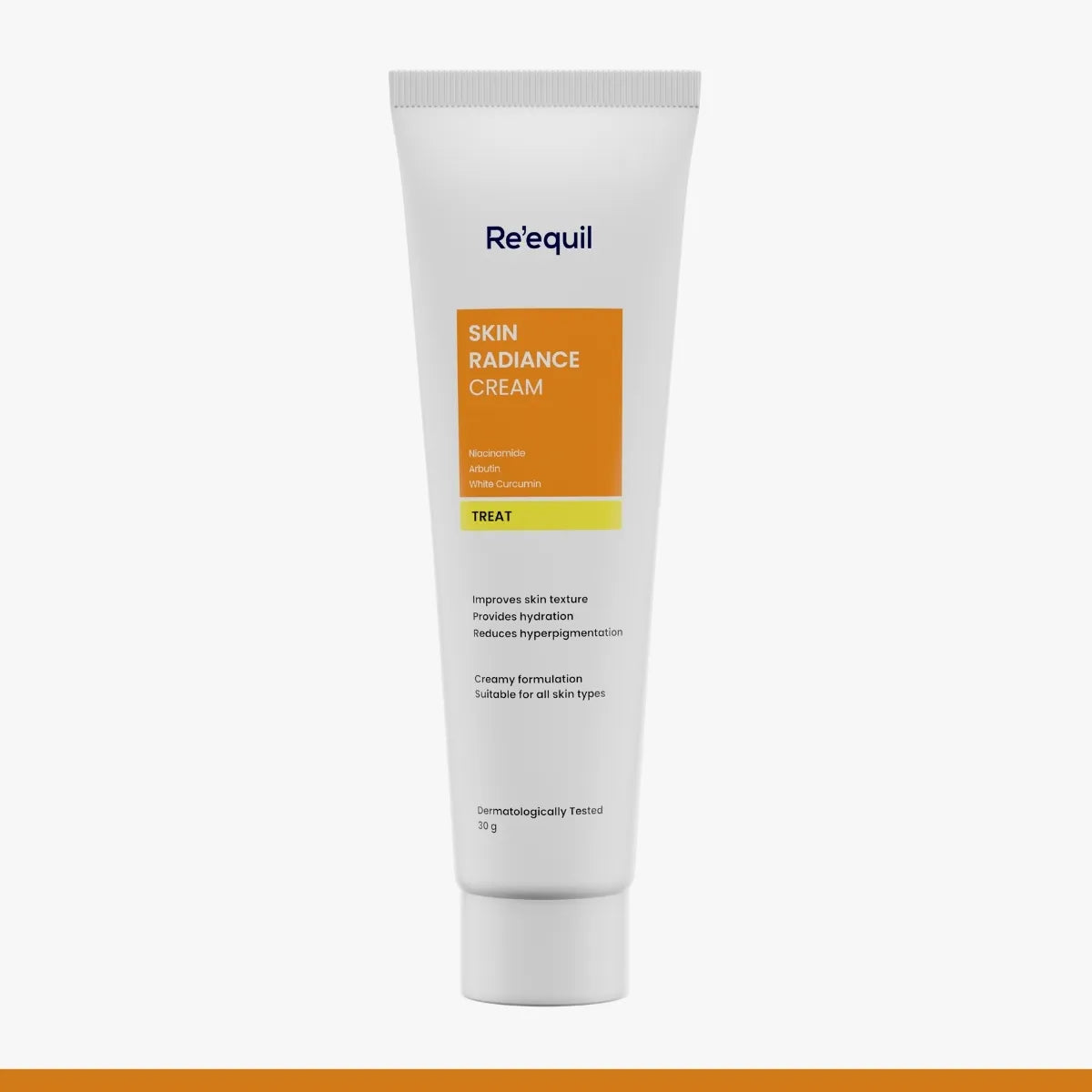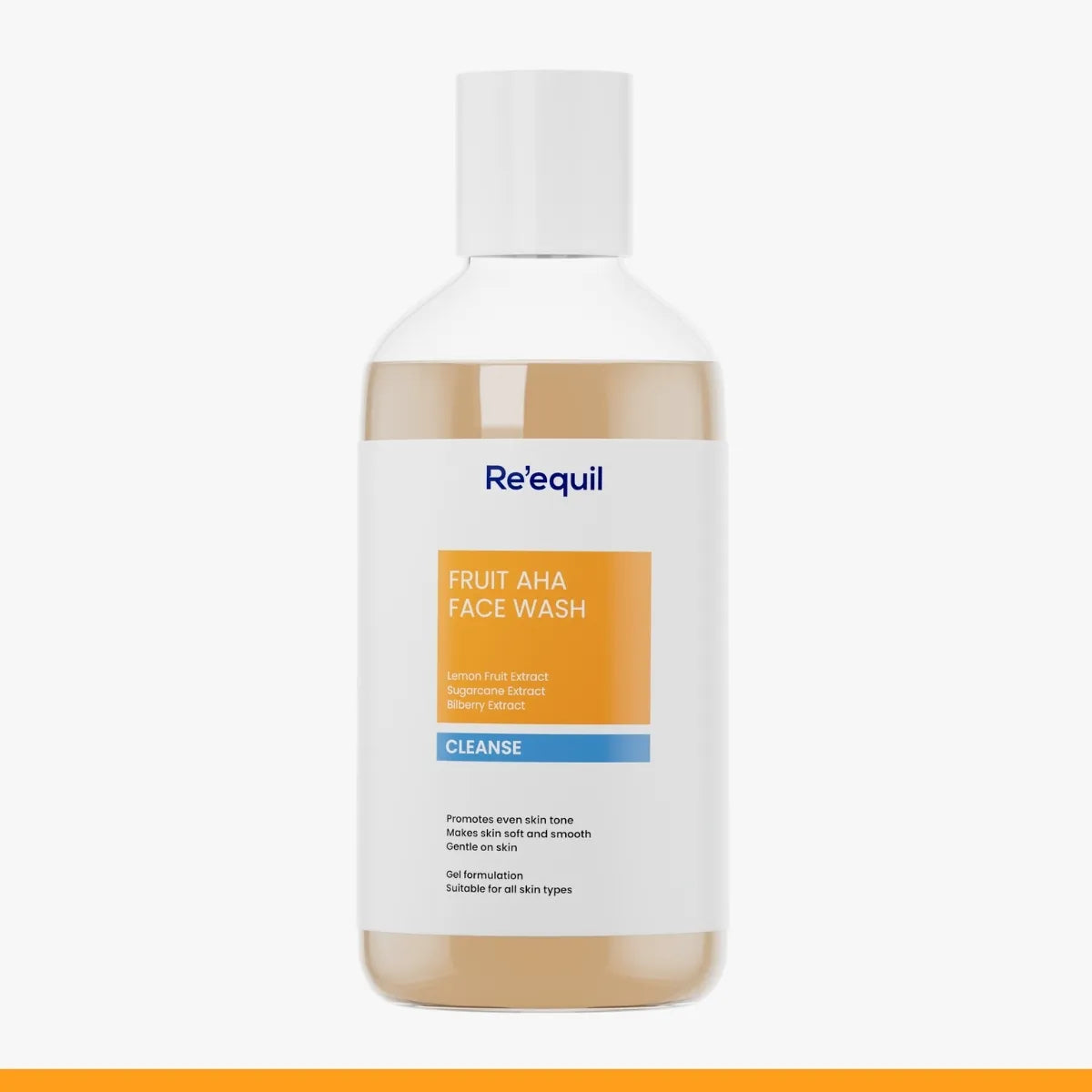With the onset of winter, while you are updating your wardrobe with cozy knitwear and boots don’t forget you have skin to take extra care of. Winters are not just about weddings and festivities, the extremely chilly weather takes a toll on your skin.
When the season changes, your skin requirements change too. During the winter season, humidity levels are low making skin more prone to dryness, irritation, itchiness, and more. The imbalanced moisture content in the environment then ultimately affects the barrier function and affects the hydration level in your skin.
Read on to find out how to deal with winter skin problems and prevent them.
5 Winter skin problems and ways to prevent them
1. Broken skin barrier
Due to dry indoor heat, cool air outside, and probably hot showers - it all adds to causing larger skin concerns. A compromised skin barrier and dehydrated skin lead to acne, breakouts, redness, dry patches, irritated and flaky skin, and more.
Understand that during winter, water from our skin evaporates quickly because of the relatively low moisture content in the air. While it gets quite unpleasant to manage dry joint areas and flaky skin, know that dehydrated skin invites early signs of aging like wrinkles, fine lines, etc.
Tip to restore lost moisture and broken skin barrier
Moisturising is the key because moisturisers can retain lost moisture and keep the moisture intact in our skin. Opt for ceramide and hyaluronic acid-based moisturiser.
- Research studies have alluded to the efficacy of ceramides in restoring broken skin barrier and repairing damaged skin. They help hold skin cells firmly together in the uppermost skin layer.
- Hyaluronic Acid is a great humectant that implicitly helps in hydrating the outer layer of skin and promotes skin elasticity.
Pro Tip - To prevent dry joint areas, compromised skin barrier, and flaky skin, apply skin-hydrating moisturiser twice daily.
2. UV Damage
Did you know?
The sun sends energy to Earth in 3 different ways:
- visible light that you can see,
- the infrared radiation that you feel as heat,
- the rays of UV radiation(UVA + UVB) that you can’t see or feel.
UVA is always present. It has the ability to penetrate clouds, and glass, and deeper into the skin. Research says that it damages deeper skin layers, resulting in premature aging, hyperpigmentation and more.
UV radiations are also the main cause of sunburn especially on high altitudes and on reflective surfaces like snow. In addition, ever wondered about the harm unprotected sunbathing could be doing to your skin?
Tip for optimum winter sun protection
Your skin needs sun protection all through the year. Opt for a moisturizing sunscreen with broad spectrum SPF (this means your sunscreen will safeguard your skin against both UVA and UVB sun rays). Ingredients to look for in your sunscreen to keep skin damage due to sun and aging skin at bay - Eurol Bt, Zinc Oxide and Physalis angulata Extract.
3. Eczema flare-ups and winter rash
Dry weather during winter exaggerates Eczema, and flaky skin further causing redness and irritation. Skin conditions like Eczema require special care because winter season calls for wearing too many layers of clothing, taking hot baths, or using too many bed coverings. Your skin can’t stay moist on its own. This leads to more eczema flare-ups.
Tips to manage eczema-prone skin
- Skip hot baths because heat can cause your skin to dry out.
- Drink plenty of water to keep yourself hydrated.
- Use a thick nourishing cream to relieve and soothe dry, irritated, and inflamed skin.
4. Cracked heels
Cracked heels are also known as fissures. Since your feet are always inside the heavy boots during winter, they turn dry. They eventually start cracking due to dehydration. If left untreated it can lead to more serious problems.
Tips to treat cracked heels
- Moisturise your feet thrice daily.
- You can apply glycerin or petroleum jelly to keep your heels nourished.
- Exfoliate - use of pumice stone gently in circles and rinse it with cold water. Back it up with a moisturiser or rich foot cream.
5. Chapped Lips
Another very common problem faced during winter is chapped lips. When the skin gets dry, the lips will also lack hydration. This gradually leads to cracks. These cracks cause great discomfort to all of us who are dealing with chapped lips.
Tips to heal chapped lips -
- Use non-irritating lip balm, lipstick, or any other products that you apply to your lips.
- Petrolatum, Shea butter, and ceramides work effectively on dry lips. You can also use products that induce Vitamin E and A.
- Drink plenty of water.
- Stop licking, biting, and picking at your lips.
Takeaway
Winter calls for a lot of moisture and hydration for your skin backed up with sun protection. Make sure you don’t compromise on your skin and follow your skin care routine consistently. It's time to say bye-bye to dryness.





